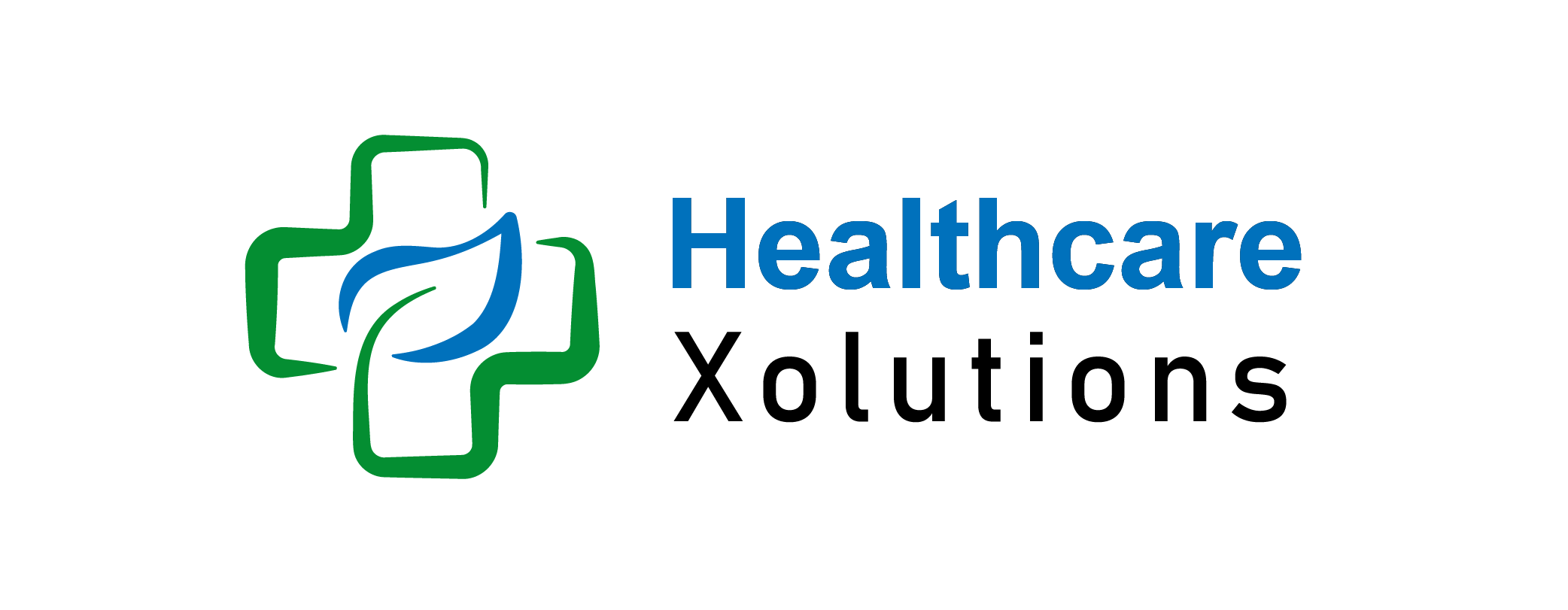The Different Types of Health Insurance Plans: Which Is Right for You?

Navigating the complexities of health insurance is crucial, especially as the landscape evolves. In 2024, the U.S. saw a record 21.4 million enrollments through HealthCare.gov and State-Based Marketplaces, marking a 31% increase from the previous year. This surge underscores the importance of understanding various health insurance plans to make informed decisions. (by HHS ).
In This article, we discover the pros and cons of various health insurance plans, including HMOs, PPOs, and HDHPs. Compare options to find the perfect coverage for your needs and budget.
Key Takeaways:
- Evaluate your healthcare usage, preferred providers, and financial situation to select a plan that aligns with your priorities.
- HMOs are cost-effective but restrictive, while PPOs offer flexibility with higher costs.
- HDHPs paired with HSAs are ideal for individuals seeking tax benefits.
- Choose a plan with a network that includes your preferred healthcare providers to avoid extra costs.
- Be aware of the annual enrollment period to make changes or switch plans.
- Check if the plan includes wellness programs, preventive care, or telehealth services.
- Seek guidance from insurance agents or use online tools to compare plan features and costs.
Table of Contents
How To Understand Health Insurance Plans?
Health Insurance Plans refer to contracts between an individual (or a group, such as an employer) and an insurance company, designed to cover the costs of medical care. These plans provide financial protection against healthcare expenses, such as doctor visits, hospital stays, prescription medications, preventive services, and other medical needs.
Key Features Of Health Insurance Plans:
Coverage Scope: The specific medical services covered vary by plan but can include:
- Hospitalization
- Emergency care
- Doctor consultations
- Preventive care (e.g., vaccines, screenings)
- Prescription drugs
- Mental health services
- Specialized treatments
Premiums: A regular amount paid (monthly, quarterly, or annually) to maintain the insurance coverage.
Deductibles: The amount you pay out of pocket for healthcare services before the insurance starts covering costs.
Co-payments And Co-insurance:
- Co-payment: A fixed amount you pay for specific services (e.g., $20 for a doctor visit).
- Co-insurance: A percentage of costs you share with the insurance (e.g., 20% of a hospital bill).
Network Providers:
- In-Network: Healthcare providers and facilities that have agreements with the insurer, often leading to lower costs.
- Out-of-Network: Providers not covered or covered at a higher out-of-pocket cost.
Policy Limits: Some plans may have annual or lifetime limits on coverage amounts, while others (especially under the Affordable Care Act in the U.S.) must provide essential benefits without limits.
Exclusions: Certain services or treatments may not be covered, such as elective cosmetic surgeries or experimental treatments.
Types Of Health Insurance Plans:
- HMO (Health Maintenance Organization): Requires care through a network of providers, often needing referrals for specialists.
- PPO (Preferred Provider Organization): Offers more flexibility in choosing providers, including out-of-network options.
- EPO (Exclusive Provider Organization): Covers only in-network providers, except in emergencies.
- POS (Point of Service): A hybrid plan requiring a primary care physician for referrals but allowing some out-of-network care.
Benefits: Health insurance reduces financial risk from high medical expenses, ensures access to care, and often includes preventive services to promote overall health. Understanding and selecting the right health insurance plan depends on individual or family needs, budget, and preferences for healthcare providers and services.
1. Health Maintenance Organization (HMO) Plans:
HMO plans are among the most widely used health insurance options, emphasizing affordability and coordinated care. When enrolled in an HMO, you must choose a primary care physician (PCP) who manages your healthcare and provides referrals to specialists within the plan’s network.
Key Features:
- Lower premiums and out-of-pocket costs.
- Coverage is limited to in-network providers (except emergencies).
- Specialist visits require PCP referrals.
Best For Individuals or families seeking cost-effective premiums and centralized, comprehensive care within a specific network.
2. Preferred Provider Organization (PPO) Plans:
PPO plans offer more flexibility than HMOs, allowing you to see both in-network and out-of-network providers without requiring referrals. This plan is ideal if you value freedom in choosing healthcare providers.
Key Features:
- No referrals are needed to see specialists.
- Coverage includes out-of-network providers (at a higher cost).
- Premiums are higher than HMOs.
Best For: People who want freedom in choosing providers without coordination through a primary care physician.
3. Exclusive Provider Organization (EPO) Plans:
EPO plans blend elements of HMO and PPO plans. They cover only in-network care except during emergencies but do not require referrals to see specialists.
Key Features:
- Lower premiums compared to PPOs.
- No out-of-network coverage (except emergencies).
- No referrals are required.
Best For: Individuals comfortable with a limited provider network but seeking fewer restrictions than an HMO.
4. Point of Service (POS) Plans:
POS plans combine features of HMO and PPO plans. Like an HMO, you need a primary care physician, but you also have the option to see out-of-network providers, often at a higher cost.
Key Features:
- Requires a PCP for referrals.
- Some coverage for out-of-network providers.
- Costs vary depending on the provider type.
Best For: Those seeking flexibility while still coordinating care through a PCP.
5. High-Deductible Health Plans (HDHPs) with Health Savings Accounts (HSAs):
HDHPs are paired with HSAs to offer tax advantages for healthcare expenses. These plans have low monthly premiums but higher deductibles, making them ideal for individuals who don’t anticipate frequent medical needs.
Key Features:
- Lower monthly premiums.
- Higher out-of-pocket costs until the deductible is met.
- HSA funds can be used tax-free for qualifying medical expenses.
Best For: Healthy individuals or families looking for affordable premiums and willing to pay higher costs upfront.
6. Catastrophic Health Insurance Plans:
Catastrophic plans are designed for young adults or individuals with hardship exemptions. They focus on providing essential coverage for emergencies and preventive care after a high deductible is met.
Key Features:
- Very low monthly premiums.
- High out-of-pocket costs.
- Covers emergencies and preventive services.
Best For: Young, healthy individuals seeking minimal-cost coverage for unexpected events.
How To Choose The Right Plan?
Selecting the ideal health insurance plan involves balancing your healthcare needs with your financial situation. Consider the following factors:
- Budget: Assess your capacity to pay premiums, deductibles, and out-of-pocket costs.
- Network: Ensure your preferred doctors and specialists are in-network.
- Flexibility: Decide if you need access to out-of-network providers.
- Frequency of Care: Determine how often you visit healthcare professionals.
- Special Needs: Consider regular specialist visits, medications, or chronic condition management.
Conclusion – Types Of Health Insurance Plans:
Health insurance is not a one-size-fits-all solution. Each plan type offers distinct advantages and drawbacks, so it’s crucial to align your choice with your healthcare priorities and financial goals. By understanding your options and assessing your circumstances, you can make an informed decision that safeguards your well-being.
FAQs – Types Of Health Insurance Plans:
1. How do I decide which health insurance plan is right for me?
Consider factors like your budget, preferred doctors, medical needs, frequency of care, and willingness to pay out-of-pocket costs. Compare premiums, deductibles, and provider networks.
2. Can I switch health insurance plans during the year?
You can typically switch plans during the open enrollment period or if you experience a qualifying life event, such as marriage, childbirth, or job change.
3. What should I look for in a provider network?
Ensure your preferred doctors, specialists, and hospitals are in-network to save costs and maintain continuity of care.
